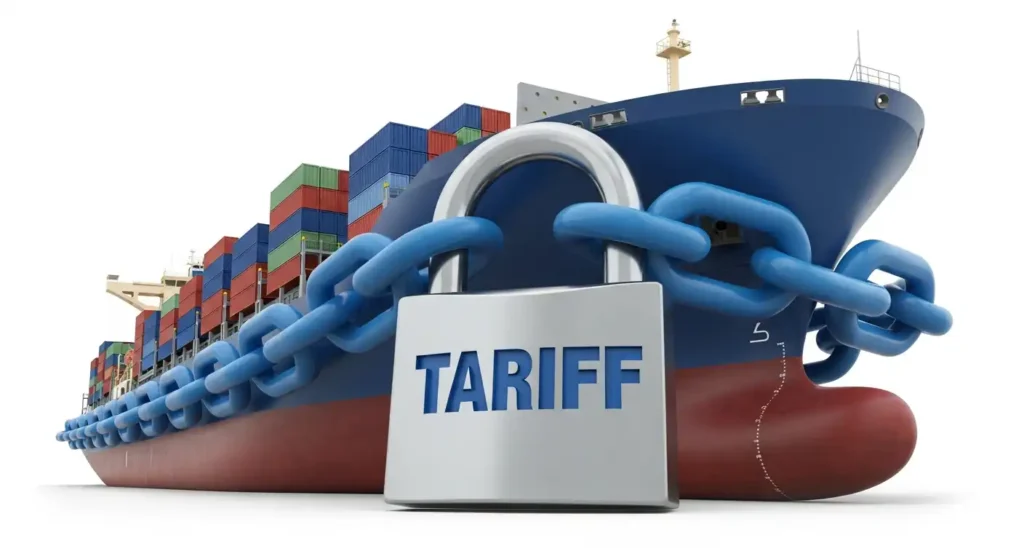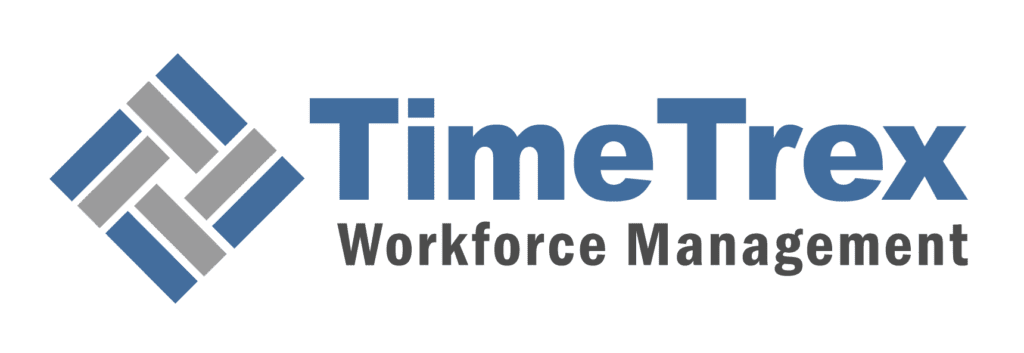
2025 US Tariff Timeline for Small Businesses
The first half of 2025 has been marked by a rapid and complex series of changes to United States tariff policy. For small businesses, which are often the most vulnerable to sudden shifts in trade duties and regulations, staying informed is not just beneficial—it's essential for survival and growth. This article provides a detailed timeline and breakdown of the significant tariff activities in 2025 to help you understand the evolving landscape and its potential impact on your operations.
In This Article
2025 Tariff Timeline: A Chronological Overview
The year began with proposed actions and quickly escalated into broad, sweeping tariffs affecting major trading partners. The following table summarizes the key developments in chronological order.
| Date | Key Development | Affected Countries & Goods | Note for Small Businesses |
|---|---|---|---|
| January 23 & 31 | Threats of 25% tariffs on imports from Canada and Mexico, potentially starting Feb 1. | Canada, Mexico (All imports) | Initial signal to review supply chains involving North American partners. |
| February 6 | Proposal to end duty-free de minimis treatment for small shipments. | China (Low-value imports) | Potentially increases costs for businesses using drop-shipping or importing small-batch components. |
| February 27 | New estimates released for a proposed 25% tariff on EU imports and increased rates on China. | European Union, China | Forward-looking analysis signaled a widening trade conflict, urging diversification of suppliers. |
| March 4 | New tariffs officially imposed. | Canada, Mexico, China | The transition from threat to reality. Immediate cost implications for importers from these countries. |
| March 25 | "Secondary" tariff threat on countries purchasing oil/gas from Venezuela. | Venezuela and its energy trading partners | Introduces geopolitical risk into supply chain planning, even for businesses not directly trading with Venezuela. |
| April 2 & 3 | President declares a national economic emergency, invoking IEEPA to apply new universal tariffs. An exemption list is published shortly after. | 60 trading partners at specific rates; others at 10%; non-USMCA Canada/Mexico imports at 12%. | A major escalation. Businesses needed to urgently check the exemption list and recalculate costs for nearly all imported goods. |
| April 4 | China and Canada announce retaliatory tariffs on US exports. | United States (Exports to China and Canada) | Small business exporters faced new barriers and reduced competitiveness in these key markets. |
| April 9 | An additional 50% tariff is announced on all imports from China. | China (All imports) | A significant increase in costs for businesses heavily reliant on Chinese manufacturing and components. |
| May 9 | A US-UK deal is announced to eventually reduce auto, steel, and aluminum tariffs. | United Kingdom (Autos, steel, aluminum) | A positive development for specific sectors, highlighting the potential for negotiated de-escalation. |
| May 30 | US Court of International Trade issues an injunction, declaring the IEEPA tariffs unconstitutional. | All countries affected by April 2 IEEPA tariffs | Introduces legal uncertainty. The future of these tariffs becomes dependent on the outcome of appeals. |
| June 2 | Section 232 tariffs on steel and aluminum are doubled from 25% to 50%. | Global (Steel and aluminum imports) | Massive cost increase for businesses in construction, manufacturing, and fabrication that rely on these raw materials. |
Understanding the Key Tariff Categories
The 2025 tariffs have been implemented under several different legal justifications, each with different targets and implications.
Section 232 Tariffs
These tariffs are imposed on the grounds of national security. Initially targeting steel and aluminum, they were expanded to include autos and auto parts. In June 2025, the rates for steel and aluminum were doubled to 50%, representing a significant cost for any business that uses these metals in its products or processes.
IEEPA Tariffs
The International Emergency Economic Powers Act (IEEPA) was used for multiple actions. First, for so-called "fentanyl" tariffs on Canada and Mexico. Later, it was the basis for the sweeping tariffs announced on April 2, citing a "national economic emergency." While a court has issued an injunction against these tariffs, their legal status remains in flux, creating uncertainty for importers.
"Reciprocal" and China-Specific Tariffs
A concept of "reciprocal" tariffs was introduced, meant to apply to nearly all trading partners. These saw a temporary pause in April but were dramatically increased to 125% for China. This, combined with an additional 50% tariff on all Chinese imports, has made trade with China exceptionally expensive, forcing many businesses to fundamentally rethink their sourcing strategies.
What This Means for Your Small Business
The cascading effects of this tariff timeline are multifaceted and present significant challenges for small businesses:
- Increased Costs of Goods: The most direct impact is on the bottom line. Tariffs are taxes paid by the importing business, which either compresses margins or must be passed on to consumers.
- Supply Chain Disruption: Sudden tariffs and the threat of future ones force businesses to evaluate the stability of their supply chains. Finding, vetting, and transitioning to new suppliers in different countries is a costly and time-consuming process.
- Competitive Disadvantage: Businesses that rely heavily on imported goods subject to high tariffs may find it difficult to compete with those who source domestically or from unaffected countries. For exporters, retaliatory tariffs make it harder to sell their products abroad.
- Planning and Cash Flow Uncertainty: The rapid changes and legal challenges make financial forecasting difficult. Businesses must be prepared for sudden cost increases and need robust cash flow management to handle tariff payments.
Plan Your Strategy with the TimeTrex Tariff Calculator
Stay Ahead of the Curve
In a volatile trade environment, knowledge is your best asset. You can't control policy, but you can prepare for its impact. Understanding your precise exposure to new duties is the first step in building a resilient business strategy.
Use our specialized tool to model how different tariff scenarios affect your landed costs.
Calculate Your Tariff Costs NowDisclaimer: The content provided on this webpage is for informational purposes only and is not intended to be a substitute for professional advice. While we strive to ensure the accuracy and timeliness of the information presented here, the details may change over time or vary in different jurisdictions. Therefore, we do not guarantee the completeness, reliability, or absolute accuracy of this information. The information on this page should not be used as a basis for making legal, financial, or any other key decisions. We strongly advise consulting with a qualified professional or expert in the relevant field for specific advice, guidance, or services. By using this webpage, you acknowledge that the information is offered “as is” and that we are not liable for any errors, omissions, or inaccuracies in the content, nor for any actions taken based on the information provided. We shall not be held liable for any direct, indirect, incidental, consequential, or punitive damages arising out of your access to, use of, or reliance on any content on this page.
About The Author

Roger Wood
With a Baccalaureate of Science and advanced studies in business, Roger has successfully managed businesses across five continents. His extensive global experience and strategic insights contribute significantly to the success of TimeTrex. His expertise and dedication ensure we deliver top-notch solutions to our clients around the world.
Time To Clock-In
Start your 30-day free trial!
Experience the Ultimate Workforce Solution and Revolutionize Your Business Today
- Eliminate Errors
- Simple & Easy To Use
- Real-time Reporting

Saving businesses time and money through better workforce management since 2003.
Copyright © 2025 TimeTrex. All Rights Reserved.
